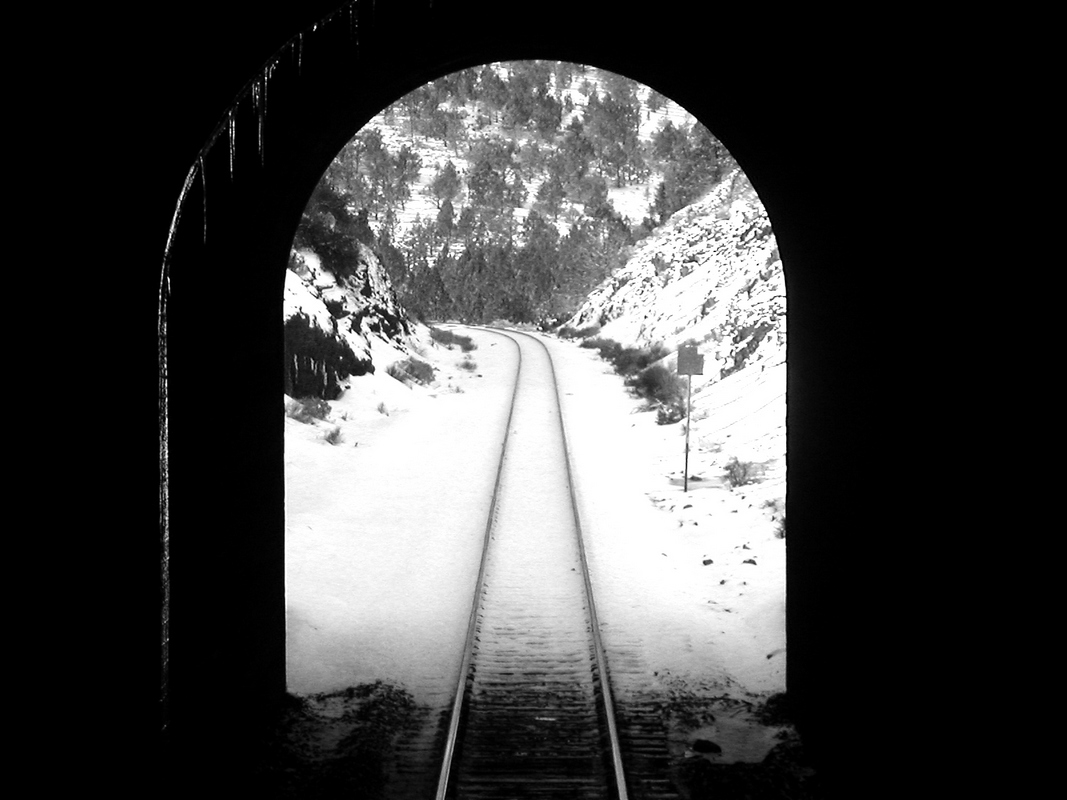The Film Age
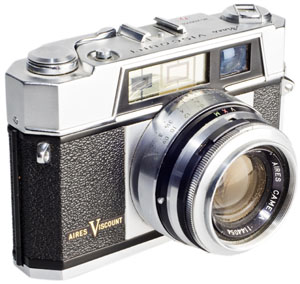
My very first camera was an Aires Viscount rangefinder camera that I inherited from my brother in 1989. This late 1950s-era camera was a fully mechanical beastie with no buillt-in light meter. If you think a modern DSLR is hard to figure out, try using one of these along with a hand-held light meter. But if I were to start a photography school, I think I’d hand everyone one of these and a light meter to learn about exposure. (And a fisheye lens to learn about composition, but that’s another story.)
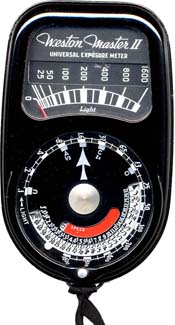
I took this camera on my first solo trip, a drive from California’s Central Coast to Zion and Arches National Parks in Utah and then to Denver, Colorado, where I spent a few days visiting a friend before dropping my car off at the airport. From there I flew to North Carolina to visit my brother, then back to Denver and the road trip home via Telluride, Mesa Verde and Grand Canyon National Parks on my way back home to Los Osos.
Sadly, when I got my prints back from the processor I found that nearly half of the photos from my return trip were unexposed. The shutter on the camera had failed intermittently. I didn’t notice at the time because the shutter was so quiet that I couldn’t hear that it wasn’t clicking. This led to my walking in to Jim’s Campus Camera in San Luis Obispo for my first SLR.
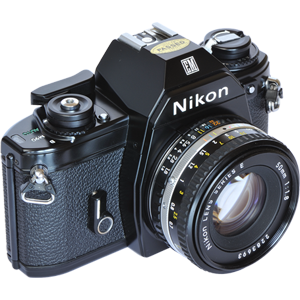
My first SLR (without the “D”) was a Nikon EM that I picked up used in 1989. It was a lightweight consumer camera, the rough equivalent to the current D3xxx series in its day. Its only mode was aperture priority – turn the ring on the lens and the camera’s built-in center-weighted meter would set the exposure.
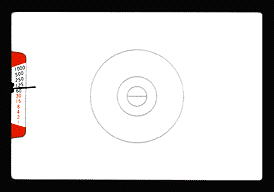
The rings in the center of the viewfinder were to assist with focusing. Each ring had a different grinding to the glass so when you got the image into focus, the image in the circle would snap from soft to sharp. The outer ring had a more subtle effect, the middle ring more pronounced, and the split center ring would show two halves of the image slide sideways until they lined up. Not as sophisticated as the modern “in-focus dot” on new cameras, but I sometimes wish they’d go back to something more obvious like the old focusing screens.
The scale on the left was to show the shutter speed selected by the camera’s meter. I really miss these. On new cameras the shutter speed is a tiny number at the bottom of the viewfinder. But with these old scales you could know at a glance where you were without reading. Near the top and you had a fast shutter speed. In the red and you were probably too slow for a handheld shot. Yes, a digital version of this kind of scale would be nice.
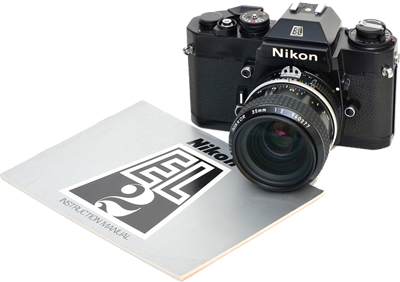
My second SLR was a Nikon EL-2 that I picked up from a pawn shop in North Carolina in the early nineties. These were the days before everything could be looked up on eBay and when you could still get a deal. This camera cost me about $150 for the body and a Nikkor 24mm f/2.8 lens. It was older than the EM, but it had both aperture priority and manual settings. I think of it as the D7xxx series of its day, sitting between the pro and consumer lines. It had a short run, only in production in 1977 and 1978 and like all old cameras, it was primarily mechanical.
I used the EM and EL-2 concurrently, with one body holding whatever my favorite film was at the time and the other with some specialty film such as black and white or Kodak Ektar 25.
I used both cameras until the late 1990s, when they, along with my lenses and all my other photo gear, was stolen out of the back room of my computer shop. This put my interest in photography on hold for a few years until I entered the digital age in 2001 with a compact Nikon point-and-shoot.
The Transition Age
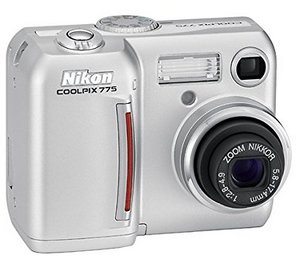
My introduction to digital photography was the compact Nikon Coolpix 775. This was a 2 megapixel point and shoot that promised a bit of manual control. The 3x optical zoom lens was equivalent to a 38-115mm on film.
I took this camera on my first solo train trip. It was a week-long trip from San Luis Obispo, California, to Glasgow, Montana, and back. It wasn’t an SLR, but the size and movie capability made it fun to use and carry. The resolution was good for the time, but not good enough for prints larger than 8×10 so unfortunately I can’t use any of the pictures for my store. It’s too bad, because the tunnel photo with the icicles from that trip is one of my favorites. It did the job, but I soon found myself wanting for a “real” camera.
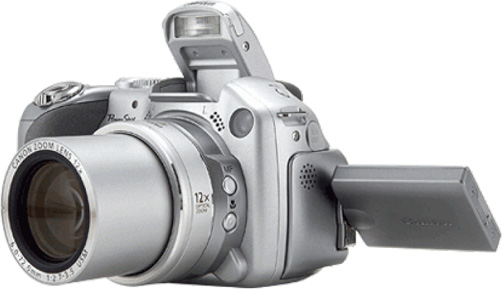
I knew I wanted to step up from the baby Nikon, but I wanted to keep the same compact size. The answer was the Canon Powershot S2IS.
I loved this camera. It was still compact, but had full manual modes as well as aperture and shutter priority. It had a memory option so when the camera was powered down and restarted it would reset to your pre-defined settings. The rear display was an awesome swivel out screen for shooting overhead or at other weird angles, and it had a 12x optical zoom that’s the equivalent of a 36-432mm lens on a film camera. Another favorite feature was that it took four standard AA batteries. I kept two sets of rechargables to swap back and forth, but if I forgot or couldn’t charge them there was no running out of power and having to recharge a weird battery . Just stop in at the local drug store and get a new set.
Unlike the Nikon this felt like a real camera, and at 5.1 megapixels it was high enough resolution to make decent size enlargements. Several photos made with this camera are offered in my online store.
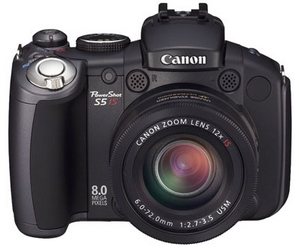
So, if the S2IS was the perfect camera what could be better than upgrading it to the new 8 megapixel S5IS? It had higher resolution, a larger screen, and generally better specs all around than the S2IS. It did everything better – except take better pictures. The 8MP sensor had horrible noise, and almost none of the pictures in less than perfect light, pictures that the S2IS would have handled without a problem, were unusable. In the marketing people’s quest for more megapixels, the image quality was lost. I hated this camera and couldn’t get rid of it fast enough. But it did do one important thing – it got me to decide that I needed a DSLR.
I’ll talk about the road from my first DSLR to my current cameras in a future post.

